Introduction
The term composite, or composite material, means any material composed of two or more different materials that exhibit properties in strength, rigidity, or tenacity that are not achievable with a single material. But what exactly does this all mean?
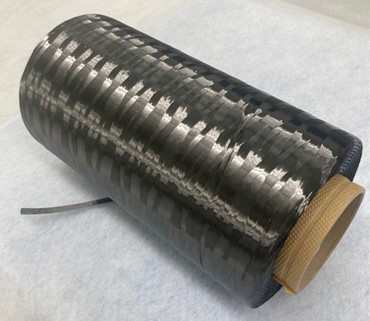
Classic Examples of Composite Materials / FRP
The most obvious example of a composite material is reinforced concrete; a combination of concrete (base/matrix) and steel bar reinforcements.
Fiber reinforced plastic (FRP) is another classic and popular example. FRP consists of a highly moldable and lightweight plastic polymers and carbon fibers, which add in strength and rigidity, making it a widely used lightweight and high performance material. Carbon fiber reinforced plastic (CFRP), as the name implies, is a polymer plastic that is reinforced with carbon fibers, making it the lightest, strongest, and most rigid of all FRPs.
In this section, we will delve deeper into the key characteristics and uses of CFRP.
Carbon Fiber Classification
Carbon fibers are broadly classified into two types according to the raw materials used.
PAN-based
PAN(Poly-acrylonitrile)-based carbon fiber is produced from acrylonitrile through a series of processes; PAN fiber synthesis, flame retardant treatment, carbonization, graphitization, surface treatment, and sizing. It is predominantly used in structural parts for automobile and aircrafts.
Pitch-based
Pitch-based carbon fiber is composed from coal, petroleum, and coal tar by-products (pitch) through a process of carbonization, surface treatment, and sizing at high temperatures. It is mainly use for industrial-use robot arms and synthetic satellite components.
Resin Characteristics
Resin used as a matrix has two key characteristics which we will discuss below.
Thermosetting Resin
As the name suggests, thermosetting resins are resins that react and harden (cure) when heat is applied. Resins such as polyester, epoxy, phenol, bismaleimide, cyanate, and polyimide are selected and used according to the heat resistance and properties required for the product.
Thermoplastic Resin
Thermoplastics are resins that soften when heated and solidify when cooled—similar to chocolate. Resin types, such as general engineering plastics (PP/PA/PC/TPU) and super engineering plastics (PEI/PPS/PEEK/PEKK) are selected and applied according to the properties required for the product.
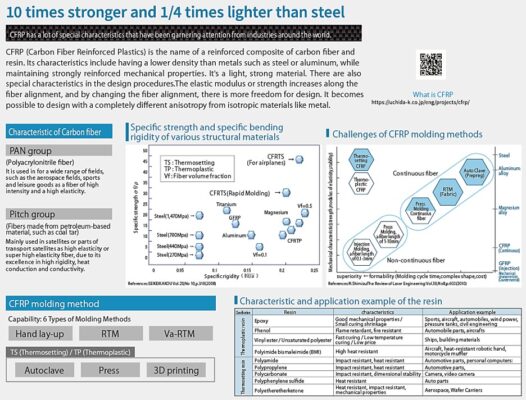
Properties/Physical Characteristics
Now that we have covered the material, let’s delve deeper into the unique properties and physical characteristics of CFRP.
Anisotropic Material
In anisotropic materials, strength values vary according to the fiber orientation. Therefore, material design to determine the optimal fiber orientation, type, and volume, is essential to producing both strength and performance.
Highly Heat-resistant
As carbon fibers are carbonized and formed at temperatures exceeding 1,000°C, the heat-resistant level is defined by resin used as the matrix.
Low Specific Gravity
The 1.5-1.7g/cm3 specific gravity exhibited by CFRP clearly demonstrates its superiority to metals in regard to weight reduction, giving due credit to the attention it is receiving.
Superb Strength and Elasticity
CFRP has a wide tensile strength range of 3,000-7,000 MPa and tensile modulus range of 50-900 GPa, depending on the fiber used. It therefore offers superior flexibility for custom designing according to needs and application. This is one of CFRP’s main characteristics.
Dimensional Stability
Resin assumes a low thermal expansion coefficient. While resin used as a matrix has a thermal expansion coefficient on the positive, carbon fiber has a thermal expansion coefficient on the negative. Thus, the type and orientation of the carbon fibers permits a zero thermal expansion, offering possibilities not achievable with non-composite pure plastics.
Other Characteristics
As listing all the merits will drag on, we’ve created a short list of its other characteristics.
Non-rusting, vibration damping, conductivity, fatigue properties, X-ray transmission properties etc.
CFRP Manufacturing Methods
CFRP offers considerable advantages, but what kinds of manufacturing methods are used to produce it? Here, we will introduce the hallmark molding method for CFRP— autoclave molding.
CFRP Molding Methods
Autoclave Molding
RTM (Resin Transfer Molding)
Va-RTM (Vacuum Assisted Resin Transfer Molding)
Press Molding
Hand Lay-up Molding
Filament Winding Molding
Sheet Winding Molding
Pultrusion
3D Printer
– At Uchida, we use the fabrication methods shown in red.
A wide range of molding methods for different applications, shapes, production lots, and so on.
Autoclave Molding
Put simply, an autoclave is a pressure device.
Pressure
It pressurizes the inside of the chamber and presses the laminated prepreg sheets against the mold to expel any remaining air.
Temperature
In CFRP (carbon fiber reinforced plastics that use a thermosetting resin) molding, heat causes the resin to react and cure (harden). In the case of CFRTP (carbon fiber reinforced plastics that use a thermoplastic resin) molding, the resin will soften with heat and solidify when cooled. *Similar to chocolate.
Vacuuming
During molding, bagged products are generally vacuumed and air is expelled. The history of the molding process is recorded on paper, or with a digital recording device, and submitted to the client for traceability or stored in accordance with our company’s regulations.
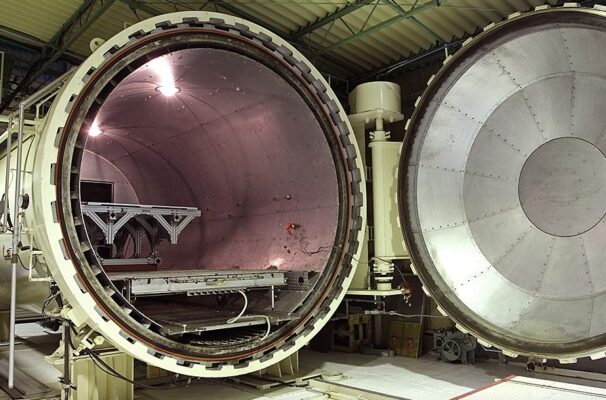
Autoclave
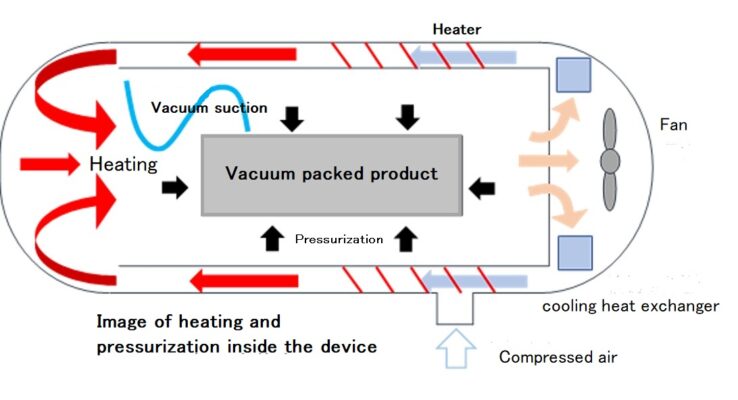
Autoclave internal thermal heating and pressurization processes
Molding
Molding pressures, temperatures, and vacuuming (inert atmosphere) are all programmed to match the product.
Advantages of Autoclave Molding
Advantage #1
Superior Quality and High Reproducibility
Autoclaving uses compressed air to press the material away from the vacuum-backed surface to deliver an evenly applied molding pressure. The prepregs used are quality-controlled stable materials which are not subject to localized pressure during molding. This means that, with the autoclave method, we can produce products which are almost identical (as close as possible) to the design.
Advantage #2
Exceptional Flexibility for Design and Shaping
Offers even greater advantages for larger and more complex profiles.
Choice of any size, provided it fits inside the autoclave chamber.
Advantage #3
Inexpensive Molding Dies
Most products require only concave or convex for molding, thereby reducing mold costs.
Offers wider choices in materials due to the ability to mold with lower pressures (doesn’t require high pressure by press molding).
Disadvantages of Autoclave Molding
Disadvantage #1
Initial equipment installation costs.
Disadvantage #2
Molding lead times are generally takes 4–5 hours.
Applications
So far, we have discussed the key characteristics of CFRP. Now let’s next look at its applications and case studies.
Aircrafts
The body of the widely used Boeing 787 commercial aircraft is largely constructed with CFRP, accounting for approximately 50% of its total body weight. By significantly reducing the body weight, aircrafts are expected to operate more efficiently on long-haul routes, with better fuel efficiency and higher cruise speeds than conventional aircrafts.
Automobiles / Bicycles
CFRP is primarily used in racing vehicles and parts (F1 and GT) in the automobile and motorbike industry. In a competitive word where 0.01 second can mean the difference between winning or losing, weight reduction is a key dividing factor.
For automobiles on public roads, CFRP parts are widely used as structural parts for supercars such as Lamborghini and Lexus LFA. However, for mass-market cars, CFRP parts are generally only used as optional parts (hood, roof, and rear spoilers, etc.). The reality is that CFRP still faces many challenges in mass-production and production cost efficiency.
Sports and Leisure Goods
When it comes to the leisure and sports, CFRP products are quite common. Tennis rackets, golf shafts, fishing rods, archery, bicycles, canoes, drones, radio-controlled vehicles, baseball bats, and other products that take advantage of CFRP all offer a first-hand experience of CFRP’s unique characteristics in various situations. Recent increases in demands for mountain climbing and camping products has seen further growth in lightweight products created with CFRP.
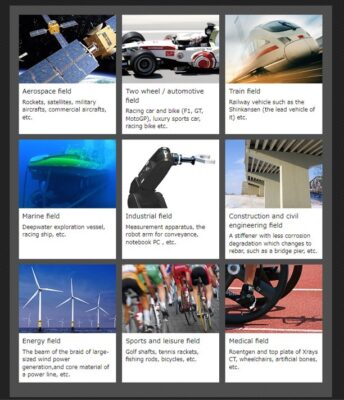
Summary
This issue covers composites (composite materials). CFRP is considered the most highly advanced of all FRP composites and therefore, due to limited information, is the most difficult to get one’s head around. CFRP offers significant “lightweight, strong, non-corrosive” advantages but also requires specialized manufacturing expertise, equipment, and facilities for production.
Related useful contents
You can explore related content by clicking on a topic of interest.
ABOUT UCHIDA - 55 years since our founding
We leverage a wealth of technical expertise as a CFRP molding and processing manufacturer using FRP, GFRP, and CFRP materials. We offer a one-stop solution, encompassing design, analysis, manufacturing, secondary processing, assembly, painting, quality assurance, and testing.
UCHIDA's equipment
We have cutting-edge equipment to ensure that we can address even the most advanced challenges of our customers.
Video Library
In the following video, we provide a detailed overview of our manufacturing process. Please feel free to watch and learn more.




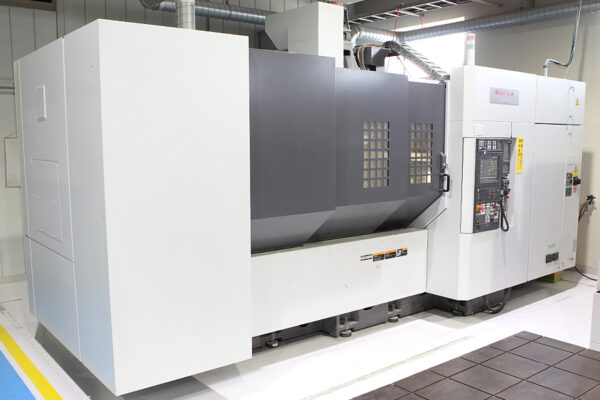
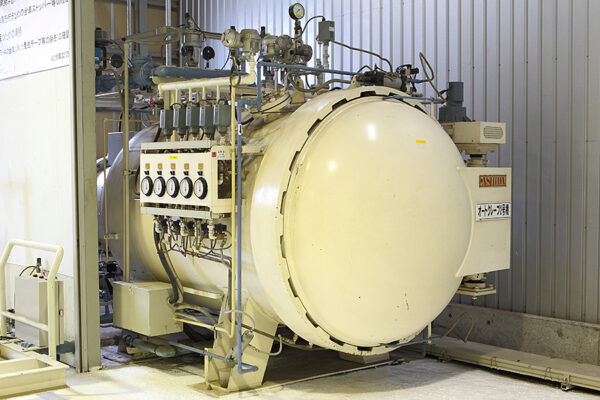
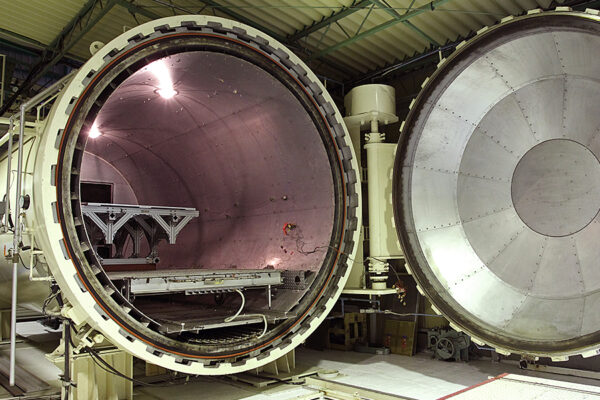
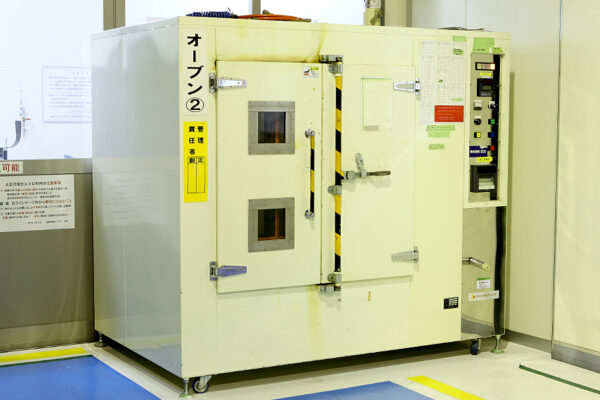
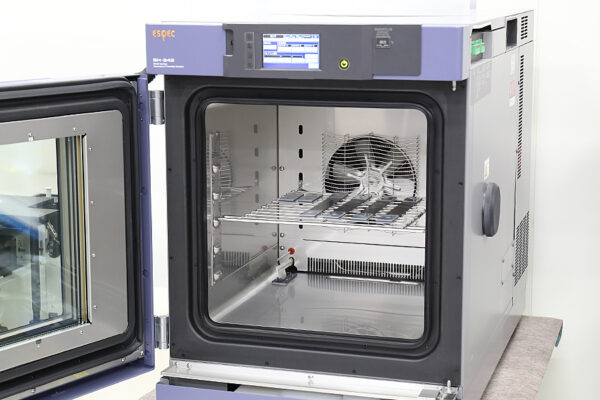
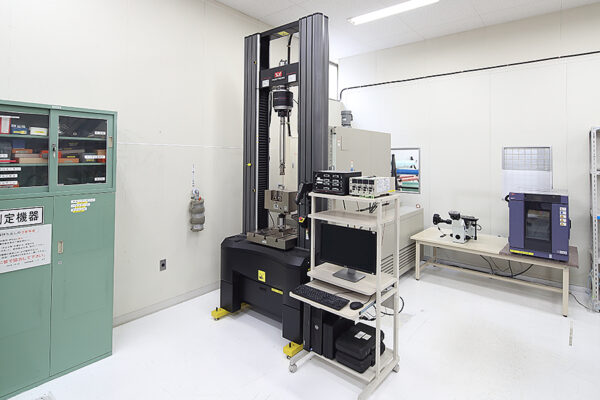
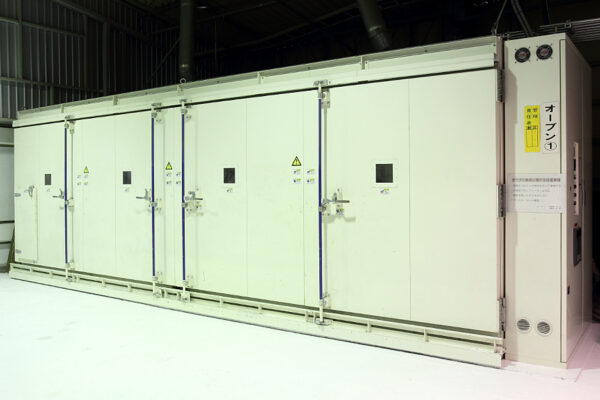
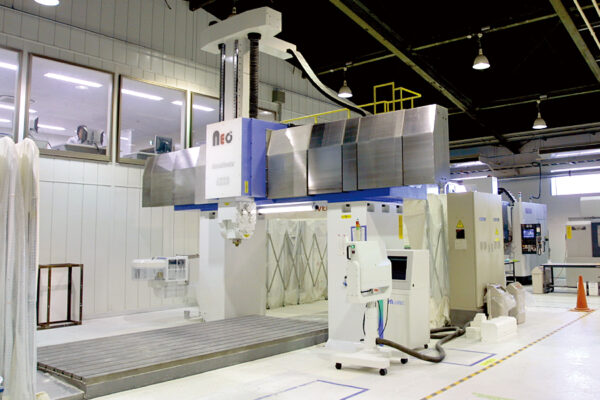
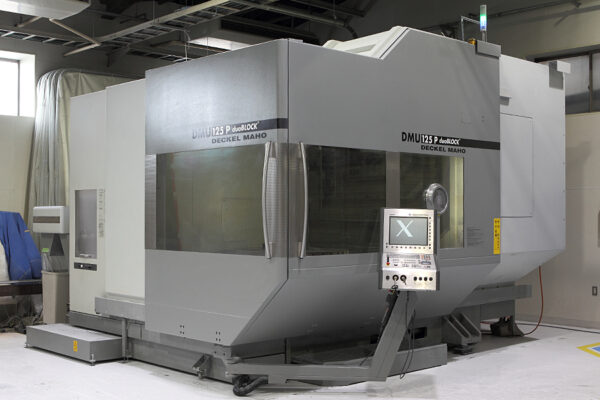
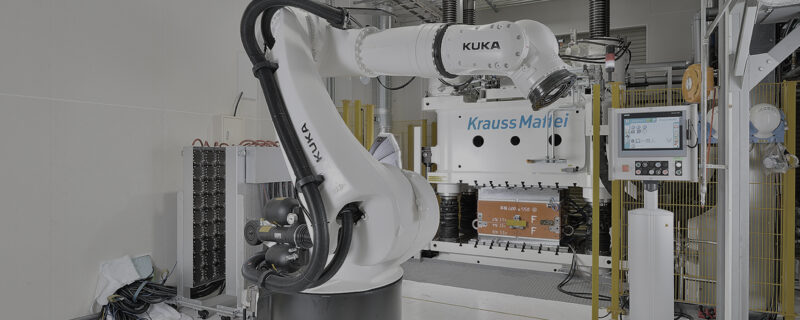
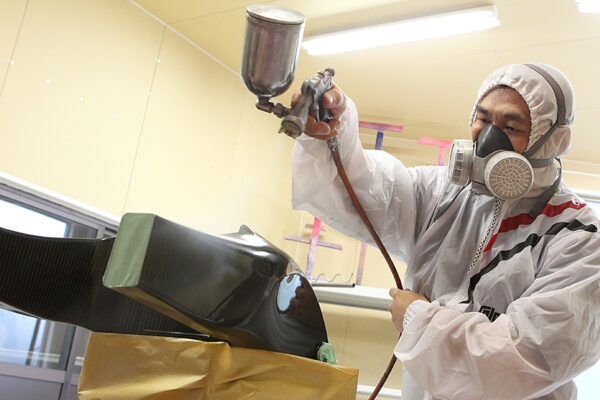
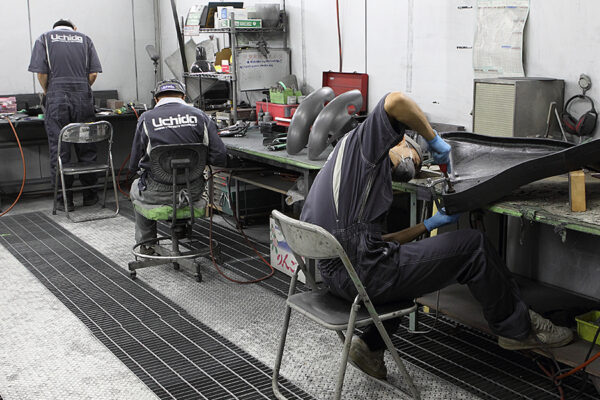
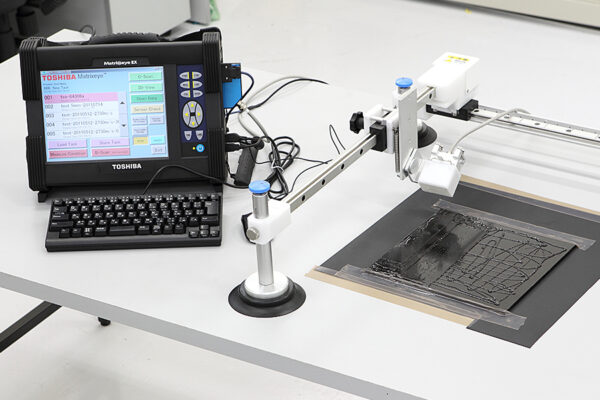
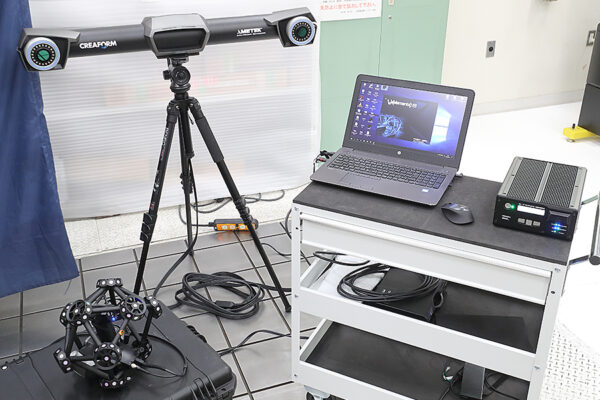
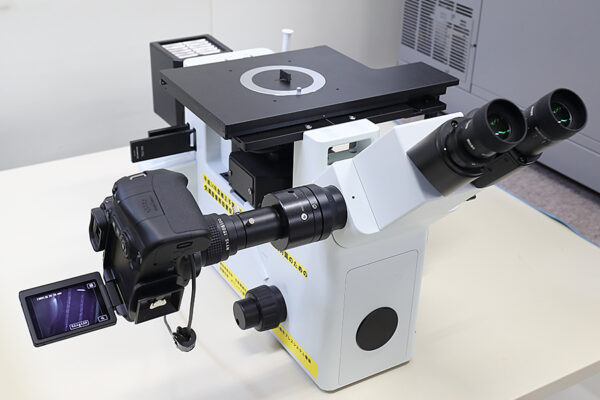
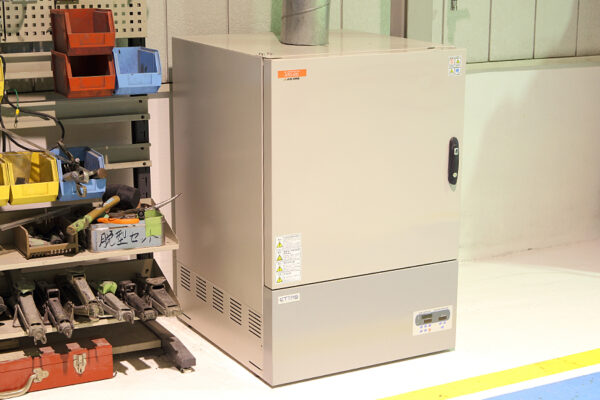
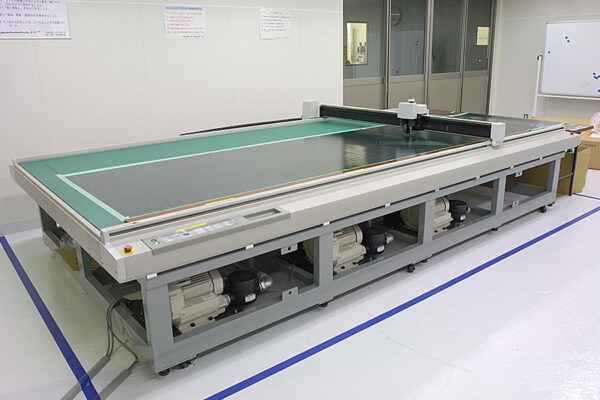
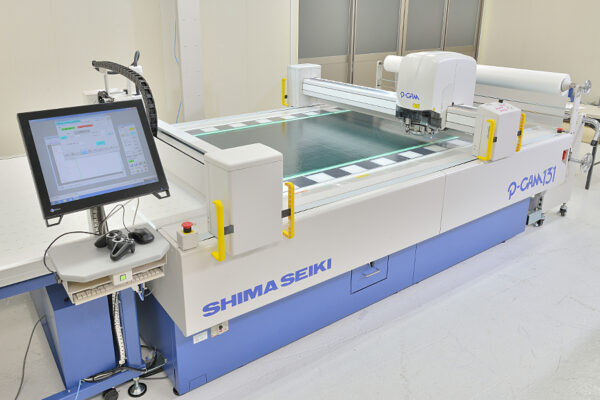
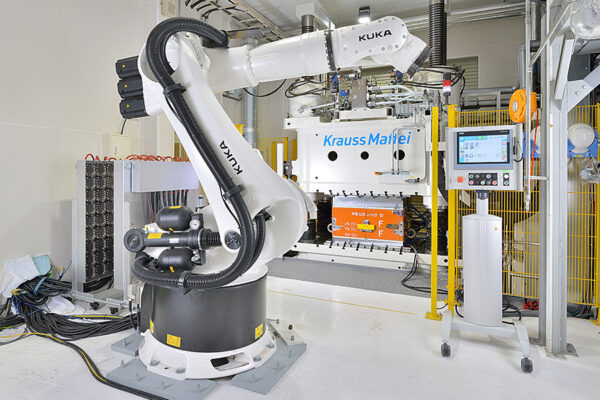
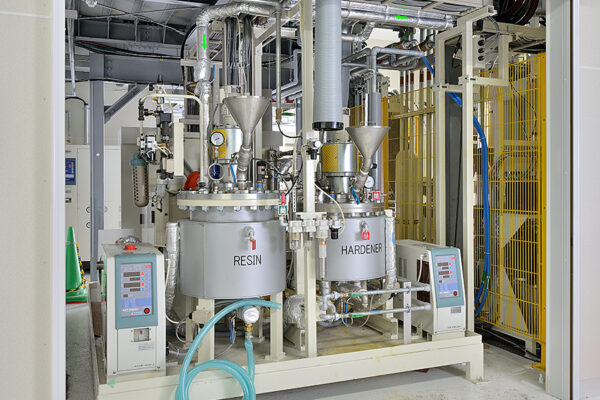
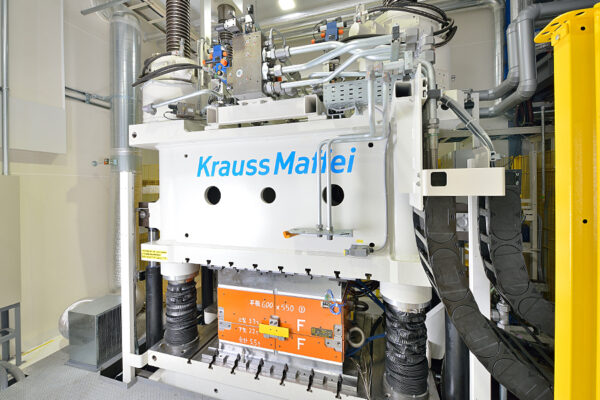
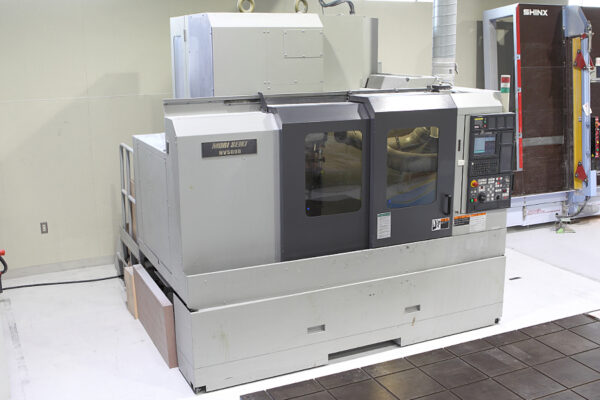
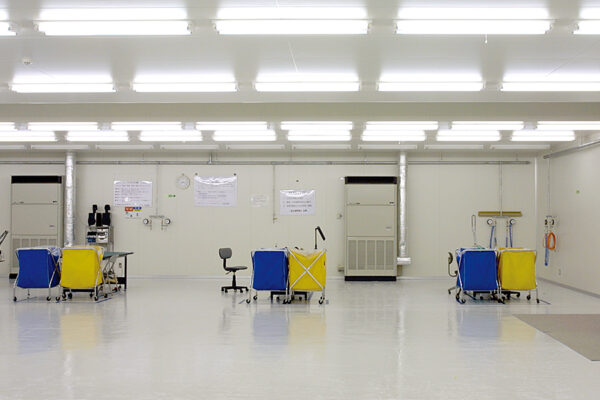
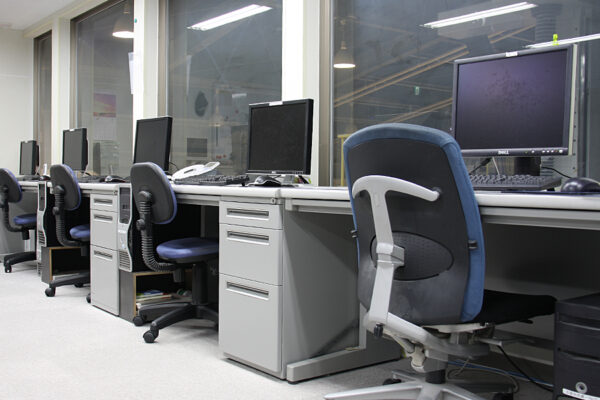
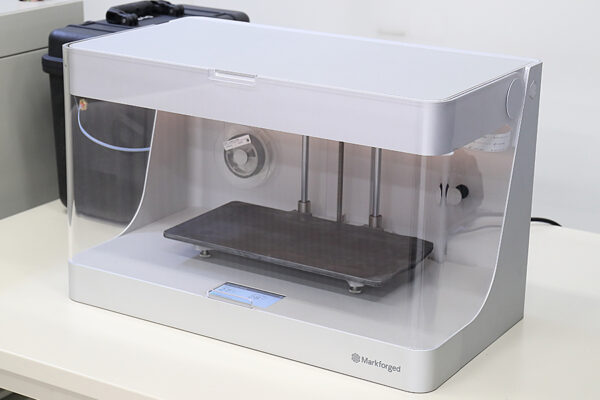
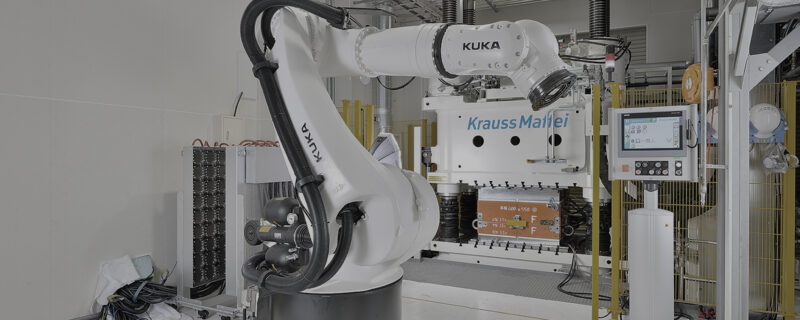

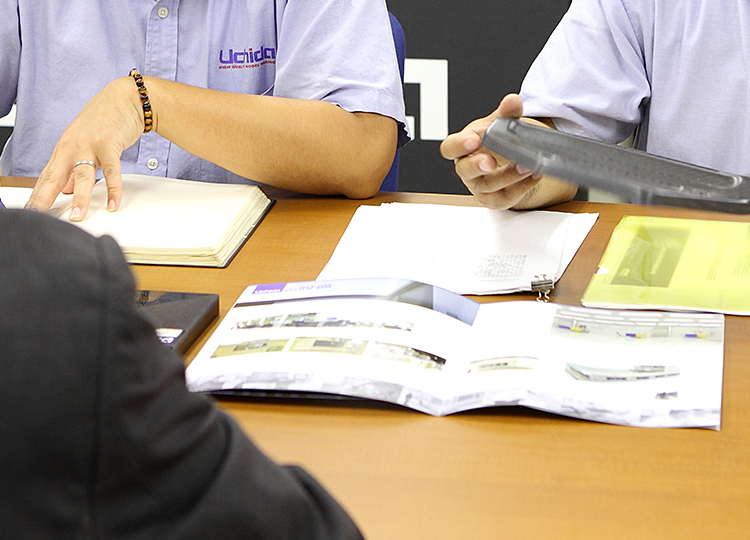
ピンバック: 【コラム】GFRPとは? | 株式会社UCHIDA
ピンバック: 【コラム】FRP・GFRP・CFRPの違いについて | 株式会社UCHIDA
ピンバック: 【コラム】PCM製法とは? CFRP | 株式会社UCHIDA
ピンバック: 【コラム】オーブン成形とは? CFRP | 株式会社UCHIDA
ピンバック: 【コラム】炭素繊維とカーボンの違いについて | 株式会社UCHIDA
ピンバック: 【コラム】GFRPガラスエポキシ | 株式会社UCHIDA
ピンバック: 【コラム】2023年版 FRP・CFRPとは? | 株式会社UCHIDA